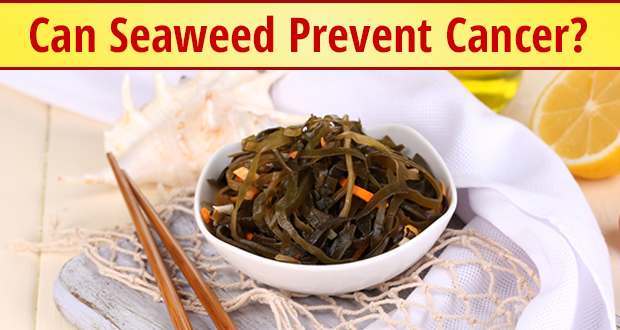Diabetes rates are skyrocketing. Complications lead to heart attacks, strokes, amputations, blindness, kidney failure, and memory loss. The #1 cause of death for people with diabetes is from cardiovascular disease.
Almost 20% of people over age 65 have type 2 diabetes. Diabetics have a lifestyle that doesn’t match their genetic needs; change their lifestyle and their diabetes problem usually goes away.
I offer programs that have helped patients bring their blood sugar levels back to normal. Even patients on insulin, with advanced diabetic complications have become medication-free and achieved normal blood sugar control.
So What Changes Have Helped Reverse Type 2 Diabetes?
There is no single choice and no magic bullet to correct this problem. But the combination of three activities is remarkably helpful:
- Add activity daily
- Avoid refined carbs and sugars
- Eat more smart foods
Activity
Daily activity is essential. You may wonder, why I start with activity instead of food. Let’s start with what causes this problem in the first place.
When you eat food, the food energy is absorbed as sugar (glucose). This becomes stored in your muscle cells as glycogen, available as energy for your next work out. The problem is that if you keep eating, but you don’t burn it, the muscle cells become overloaded with glycogen. Insulin pushes this glucose into muscle cells. When muscle cells shut their doors and don’t respond, your tissues become resistant to insulin’s message to store energy. The energy next travels to your liver and is stored as liver fat, plus converted into artery clogging triglycerides. At some point, blood sugar levels jump into the “high blood sugar zone”, and your body becomes ineffective at lowering blood sugar after you eat. High blood sugar levels accelerate every aspect of aging—your brain shrinks, your arteries grow plaque, your cancer risk grows and your health falls apart.
So if the first step to insulin resistance is excessive glycogen storage in muscle cells, then removing glycogen through exercise is an incredibly effective way to bring blood sugar regulation and your health back to normal. Most people need at least 30 minutes of aerobic activity every day to deplete sugar stored in muscle tissue.
Avoid Refined Carbs and Sugar
The second treatment is to decrease blood sugar from entering the blood stream. The simple way to do this is to avoid high glycemic load foods. Glycemic load refers to the amount of sugar that reaches your blood stream from one serving of a specific food. The simple way to avoid a jump in blood sugar levels is to eliminate all sugar, grains, and anything made with flour from your eating plan. A few other high glycemic load foods that should be avoided are: potatoes, bananas, dried fruit, and fruit juice.
Eat More Smart Foods
So what should you eat? The focus is to eat every day at least:
- Five servings of smart fat (avocado, nuts, olive or nut oil, coconut products, dark chocolate, cold water fatty fish)
- Five servings of clean protein (grass-fed beef, cage-free and organic-fed poultry and eggs, wild fish, beans, organic soy products, and organic yogurt.
- And ten servings of low-glycemic fiber (from vegetables, fruits, beans, nuts, and dark chocolate)
- Plus, add extra spices and herbs for flavor and to lower inflammation.
The reality is that you can prevent and reverse type 2 diabetes and also help your heart, brain, and waistline by adding smart foods and following these simple concepts every day.



 BPA is an industrial chemical that is added to many products.
BPA is an industrial chemical that is added to many products. Common products that may contain BPA include:
Common products that may contain BPA include:




